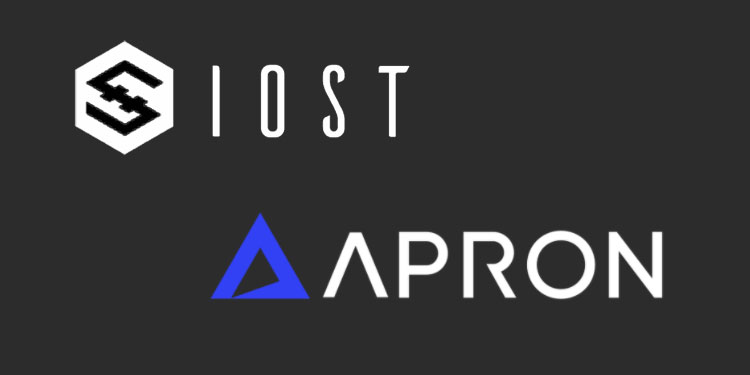IOST, an enterprise-grade blockchain infrastructure, today officially announced its node election process while simultaneously releasing Everest 2.0 — the final testnet prior to the mainnet launch set for Q1 2019. All developers are welcome to test and run this new software, which is already running DApps created by third-party developers.
IOST’s proprietary node application and voting system, which will elect new nodes to grow and power the network, features several major improvements over Delegated Proof of Stake (DPoS) while avoiding the consolidation of power among early investors. By focusing on decentralization and aligning incentives that offer voters financial rewards for choosing legitimate candidates, IOST is poised to emerge as a leading blockchain protocol for mainstream adoption.
“To increase the number of nodes and speed of the IOST network, we’re inviting organizations and individuals to apply to be Servi Node candidates. While projects like EOS have suffered because a small number of ‘super nodes’ control the network, we’ve designed a unique voting system that combats the centralization of power, where the rich get richer. The election of our nodes is based on our proprietary Proof of Believability (PoB) mechanism, where hundreds of different nodes may be selected to participate in the committee every day. This results in a highly decentralized version of DPoS where, instead of a fixed, small number of ‘super nodes’ who control the network, hundreds, if not thousands of different nodes on the IOST network will be producing and validating blocks. The system becomes even more dynamic as a result of voting changes.”
Key features of the system include:
- The committee rotates once every 10 minutes in the IOST network. Due to the Servi clearing mechanism, hundreds of different nodes may be selected to participate in the committee every day, instead of a handful of ‘super nodes’ that hoard the power and rewards.
- Any qualifying node will ultimately produce a block due to the rotating election process. The system becomes even more dynamic as a result of voting changes.
- While this design ensures decentralization of the block production process and fairness throughout the network, it does not compromise the benefits of a DPoS system that enables high scalability and throughput speeds.
- This next generation consensus mechanism solves the biggest challenges of current blockchain systems with regards to centralization and power consumption.
IOST aims to activate and build community involvement by inviting members to run IOST “Servi Nodes” for the network. Prerequisites are obtaining 0.05% IOST votes of the total network (currently 10.5M IOST, which may decrease in the future) and minimum CPU and storage system requirements.
Benefits of becoming a node candidate include:
- Servi node rewards. Servi nodes get a share of the yearly IOST reward pool. The more votes received, the more token rewards are earned.
- Invitation rewards. After becoming a candidate, you may get 30% of fees incurred by the users you invite into the network. This includes account creation, iRAM, and iGAS.
- Estimated cost of running a node is around $10K USD per year — far lower than other networks.
- Average expected return for Servi Nodes is estimated at $175K to $1M USD per year.
For more information on how to apply and vote, please see the IOST Node Application and Voting Handbook. Registration for node candidacy opens today. Voting starts mid-January 2019 and lasts for 30-60 days. Potential applicants can apply here .






















